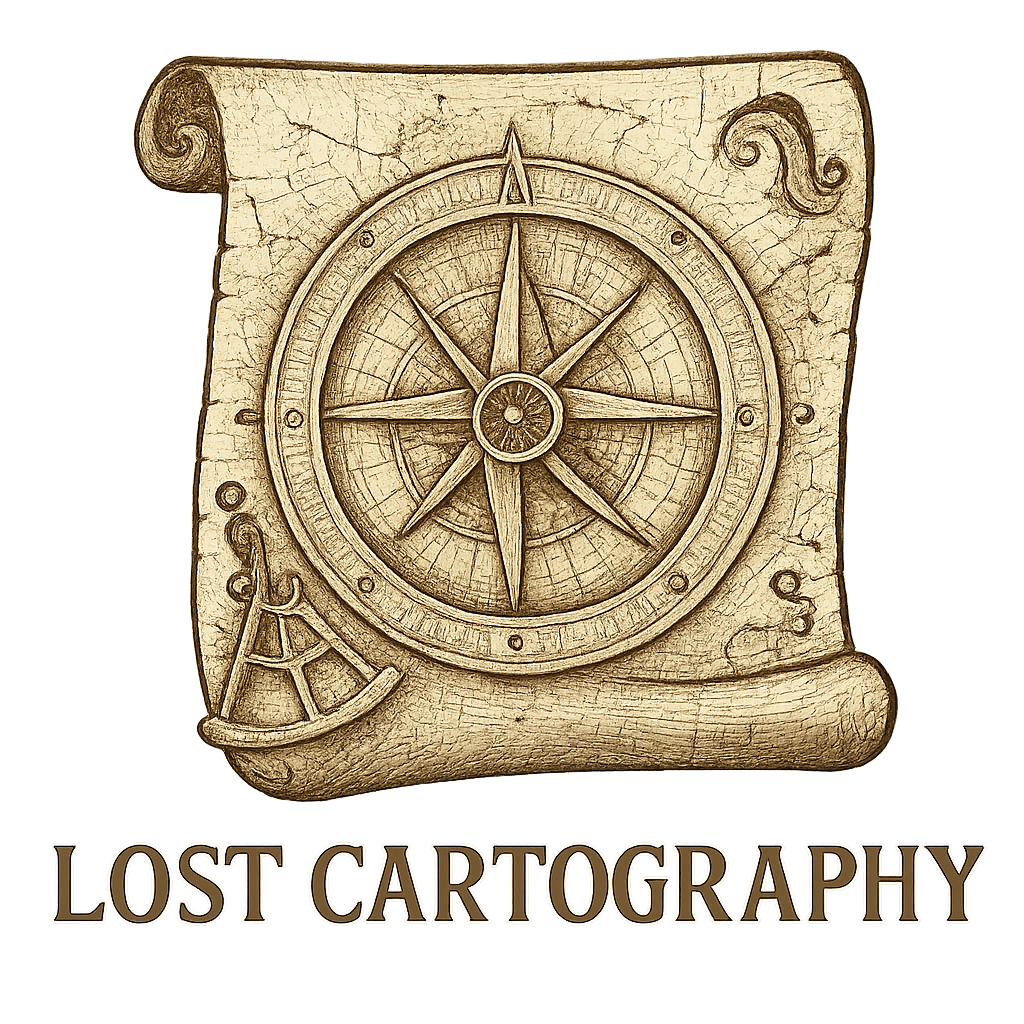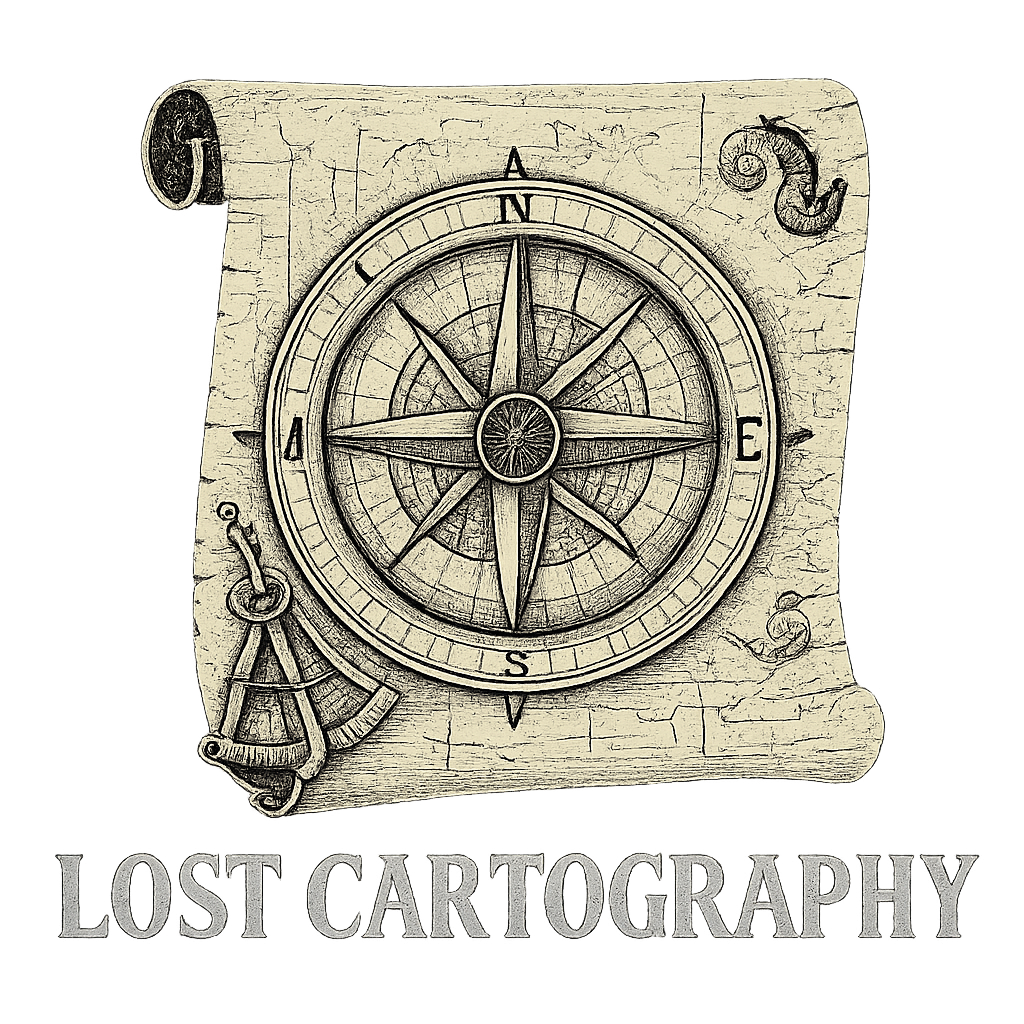Now Reading: The Most Valuable Maps Ever Sold: Records and Stories
-
01
The Most Valuable Maps Ever Sold: Records and Stories

The Most Valuable Maps Ever Sold: Records and Stories
Maps have fascinated people for centuries, offering glimpses into how our ancestors perceived and comprehended the world. From ancient scrolls to Renaissance masterpieces, the most valuable maps convey narratives that extend beyond their geographical depictions – they encapsulate moments of exploration, scientific breakthroughs, and cultural viewpoints preserved in time.
These cartographic gems command jaw-dropping auction prices, with some selling for millions of dollars. Their worth comes not only from their age or scarcity but also from their profound historical importance in shaping humanity’s understanding and exploration of our planet.
In this exploration of cartographic history, you’ll uncover:
- Record-breaking sales that have astonished the auction world
- Intriguing tales behind legendary maps that altered history
- Factors that make certain maps especially appealing to collectors
- The cultural and scientific influence of these invaluable artifacts
Ready to delve into the world where cartography, history, and high-stakes collecting converge? Let’s unravel these extraordinary tales of the globe’s most treasured maps.
The Historical Importance of Maps
Maps have played a crucial role in human progress, driving exploration and shaping our understanding of the world. These complex documents reveal much more than just geographic locations—they convey tales of human ambition, scientific advancement, and cultural viewpoints.
Ancient Civilizations: Power and Knowledge
Ancient civilizations used maps as instruments of authority and understanding. The Babylonian Imago Mundi (600 BCE) reflected their view of the world as a flat disc surrounded by water, showing how early societies interpreted their environment through cultural and religious lenses. Such examples are part of the broader history of ancient maps, which reveal much about the civilizations that created them.
The Age of Discovery: Shaping History
During the Age of Discovery, maps became essential in:
- Establishing trade routes
- Planning military campaigns
- Claiming new territories
- Navigating difficult waters
- Documenting scientific discoveries
The Scientific Revolution: Precision in Cartography
The scientific revolution brought significant changes to map-making. Maps transformed from artistic representations to accurate mathematical depictions. This shift is evident in works like Gerardus Mercator’s 1569 projection, which revolutionized maritime navigation.
Rare Maps: Insights into Human Knowledge
Rare Maps Worth Millions showcase these evolutionary leaps in human knowledge. Each crease, annotation, and artistic flourish provides insights into the technological capabilities and worldview of its era. The Portuguese portolan charts, for instance, combined practical navigation tools with artistic elements, reflecting both scientific advancement and cultural artistry.
Maps as Time Capsules: Stories Preserved
Maps continue to serve as time capsules of human achievement, preserving the stories of explorers who ventured into unknown territories and the societies that supported their quests. These historical documents capture pivotal moments when blank spaces on maps transformed into detailed representations of newly discovered lands. They also provide a fascinating glimpse into the evolution of cartographic styles over time, showcasing how our understanding and representation of geography has changed throughout history.
Record-Breaking Map Auctions
The antique map market has seen amazing growth since 2015, with Record-Breaking Map Auctions setting new standards in the collecting world. Christie’s reports a 40% increase in map auction prices between 2015-2022, showing the increasing interest in most valuable maps.
Factors Driving High Prices
Several key factors contribute to these high prices:
- Rarity and Uniqueness: First editions, hand-colored specimens, and maps with limited surviving copies command premium prices
- Historical Documentation: Maps with proven provenance from prestigious collections or notable historical figures
- Physical Condition: Well-preserved maps with minimal restoration work
- Cultural Impact: Maps that changed historical perspectives or influenced major discoveries
- Artistic Merit: Decorative elements, quality of illustration, and aesthetic appeal
The Impact of Online Auctions
The digital age has changed the auction scene. Online platforms have made it easier for international buyers to participate, creating more competition for rare pieces. Sotheby’s digital sales of cartographic items increased by 300% during 2020-2022.
Shifting Competition in the Market
Private collectors are now competing with institutions, driving prices higher. A single map that sold for $50,000 in 2000 might sell for over $500,000 today. This trend shows both a growing appreciation for map history and the potential for strategic investment in physical assets.
Heritage Auctions notes that maps depicting colonial America, Asian trade routes, and early Arctic explorations consistently achieve the highest hammer prices, often exceeding pre-sale estimates by 200-300%.
Top 5 Most Valuable Maps Ever Sold at Auctions
1. The Waldseemüller Map (1507)
Known as “America’s Birth Certificate,” this groundbreaking map marked the first time the name “America” appeared in print. Created by German cartographer Martin Waldseemüller, this masterpiece spans an impressive 12 feet wide. The Library of Congress acquired it in 2003 for $16.7 million, setting a world record for map purchases. Only one complete copy exists today, making it an unparalleled cartographic treasure.

2. The Vinland Map
This controversial parchment allegedly shows Norse exploration of North America pre-dating Columbus. Yale University purchased it in the 1960s for $1 million. The map sparked intense debate among scholars – its depiction of Greenland’s coastline and certain ink analyses suggest potential modern origins. Recent studies by Yale researchers confirm it as a sophisticated 20th-century forgery, though its sale price and historical implications remain significant.

3. The Hereford Mappa Mundi (13th Century)
This remarkable medieval world map, housed in Hereford Cathedral, represents Earth as medieval Christians understood it. Jerusalem sits at its center, surrounded by biblical scenes and mythical creatures. While not directly sold, its insurance value exceeds £1 million. The map’s artistic execution combines geographical knowledge with religious symbolism, making it an invaluable piece of medieval cartographic art.

4. Abel Buell’s New and Correct Map (1784)
The first map of the United States printed by an American sold at Christie’s for $2.1 million in 2010. Buell’s creation showcases the newly independent nation’s territorial claims and early state boundaries. Library of Congress experts praise its historical accuracy and remarkable preservation.
5. Ptolemy’s Geographia (1477)
This rare printed edition of Ptolemy’s ancient geographical work fetched $1.8 million at Sotheby’s.

Notable Mentions in Valuable Vintage Cartography
The world of rare maps vintage cartography holds countless treasures beyond the most famous examples. Several remarkable pieces have achieved impressive auction prices and historical significance:
- Abel Buell’s New and Correct Map of the United States (1784) – Sold for $2.1 million at Christie’s in 2010, this map represents the first map of the United States printed in America by an American
- Willem Blaeu’s Wall Map of the World (1648) – A masterpiece of Dutch Golden Age cartography that fetched $1.2 million at auction, notable for its ornate decorative elements and accurate geographical representations
- John Smith’s Map of Virginia (1612) – This influential early map of Virginia sold for $850,000, showcasing detailed Native American settlements and early colonial explorations
- Ptolemy’s Cosmographia (1477) – An early printed edition of ancient world maps based on Ptolemy’s work, valued at approximately $750,000, representing the foundation of modern cartographic science
The market for Valuable Vintage Cartography Maps continues to surprise collectors with remarkable discoveries. Recent auctions have seen previously unknown maps emerge from private collections, each bringing new insights into historical perspectives of our world.
These maps stand as testament to humanity’s evolving understanding of geography, with their value reflecting both their historical significance and artistic merit. Many fetch substantial prices not just for their rarity but for their role in shaping colonial expansion, trade routes, and cultural exchange.
Stories Behind the Most Valuable Maps
The true worth of historical maps extends far beyond their monetary value – each carries compelling narratives that have shaped human understanding and exploration. These stories transform simple geographical documents into priceless artifacts of human achievement.
Tales of Exploration and Discovery
The [Fra Mauro Map](https://www.bl.uk/collection-items/fra-mauros-map-of-the-world) stands as a testament to medieval exploration, incorporating accounts from merchants, sailors, and travelers who ventured into unknown territories. Fra Mauro’s detailed conversations with Niccolò de’ Conti, who spent 25 years traveling across Asia, added unprecedented accuracy to Asian geographical representations.

Cultural Impact and Scientific Revolution
The [Mercator Atlas](https://www.britannica.com/biography/Gerardus-Mercator) revolutionized maritime navigation in 1569. Mercator’s projection system enabled sailors to plot straight-line courses, fundamentally changing seafaring practices and global trade routes. This mathematical breakthrough sparked a new era of scientific cartography.
Hidden Stories of Power and Politics
Many valuable maps reveal complex political narratives:
- The [Kangnido Map](https://www.smithsonianmag.com/history/the-forbidden-city-at-600-years-old-and-looking-good-180949482/) (1402) challenged European cartographic dominance by presenting an Asian-centered world view
- Juan de la Cosa’s map (1500) subtly reinforced Spanish colonial claims through its artistic elements
- The Ribeiro Planisphere (1529) became a closely guarded state secret, containing vital information about newly discovered territories
Society-Shaping Influence
Historical maps profoundly impacted societal perspectives. The Ptolemy World Map shaped European understanding of geography for over 1,000 years. Its eventual correction sparked a revolutionary shift in how people viewed their place in the world.
Future Trends in Collecting Valuable Antique Maps
The antique map market continues to evolve with emerging digital technologies and changing collector preferences. Recent market analyses from Christie’s suggest several key trends shaping the future of map collecting:
1. Digital Authentication Technologies
- Blockchain certification for provenance tracking
- Advanced imaging techniques for authenticity verification
- Digital restoration previews before physical conservation
2. Shifting Collector Demographics
- Young tech entrepreneurs entering the market
- Growing interest from Asian collectors
- Rise of digital-physical hybrid collections
The enduring value of antique maps stems from their unique combination of artistic merit, historical significance, and investment potential. A 2023 report by Heritage Auctions indicates that maps depicting pivotal historical moments or technological breakthroughs maintain their appeal among serious collectors.
3. Emerging Market Factors
- Environmental concerns driving interest in climate-related historical maps
- Increased focus on maps showing indigenous perspectives
- Growing demand for maps documenting lost civilizations
The future of expensive antique maps lies in their ability to connect past and present. As digital mapping technologies advance, these tangible pieces of cartographic history become even more precious, offering collectors both cultural significance and financial opportunity. The market continues to reward maps that tell compelling stories about human exploration, scientific achievement, and cultural exchange.

























